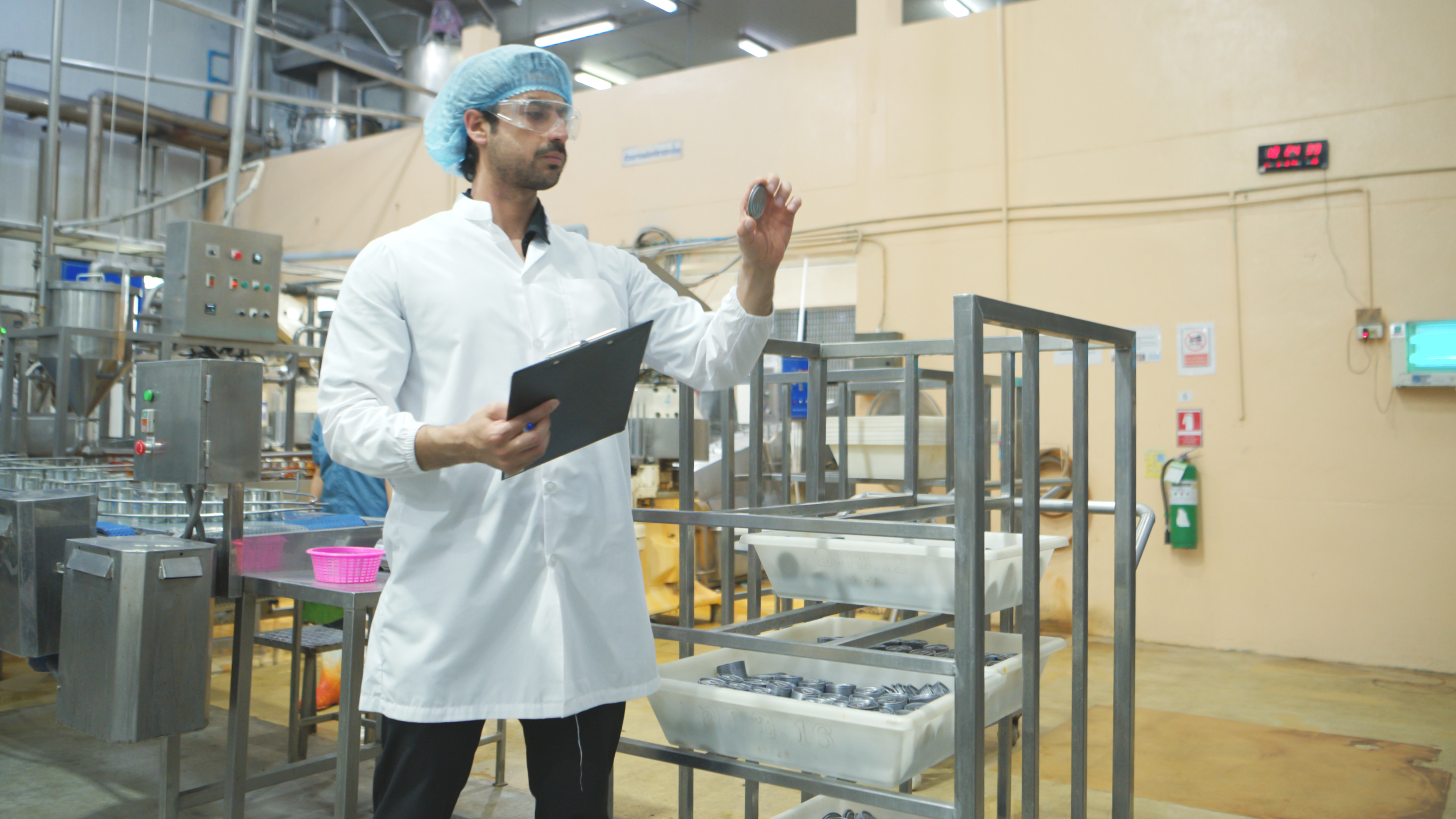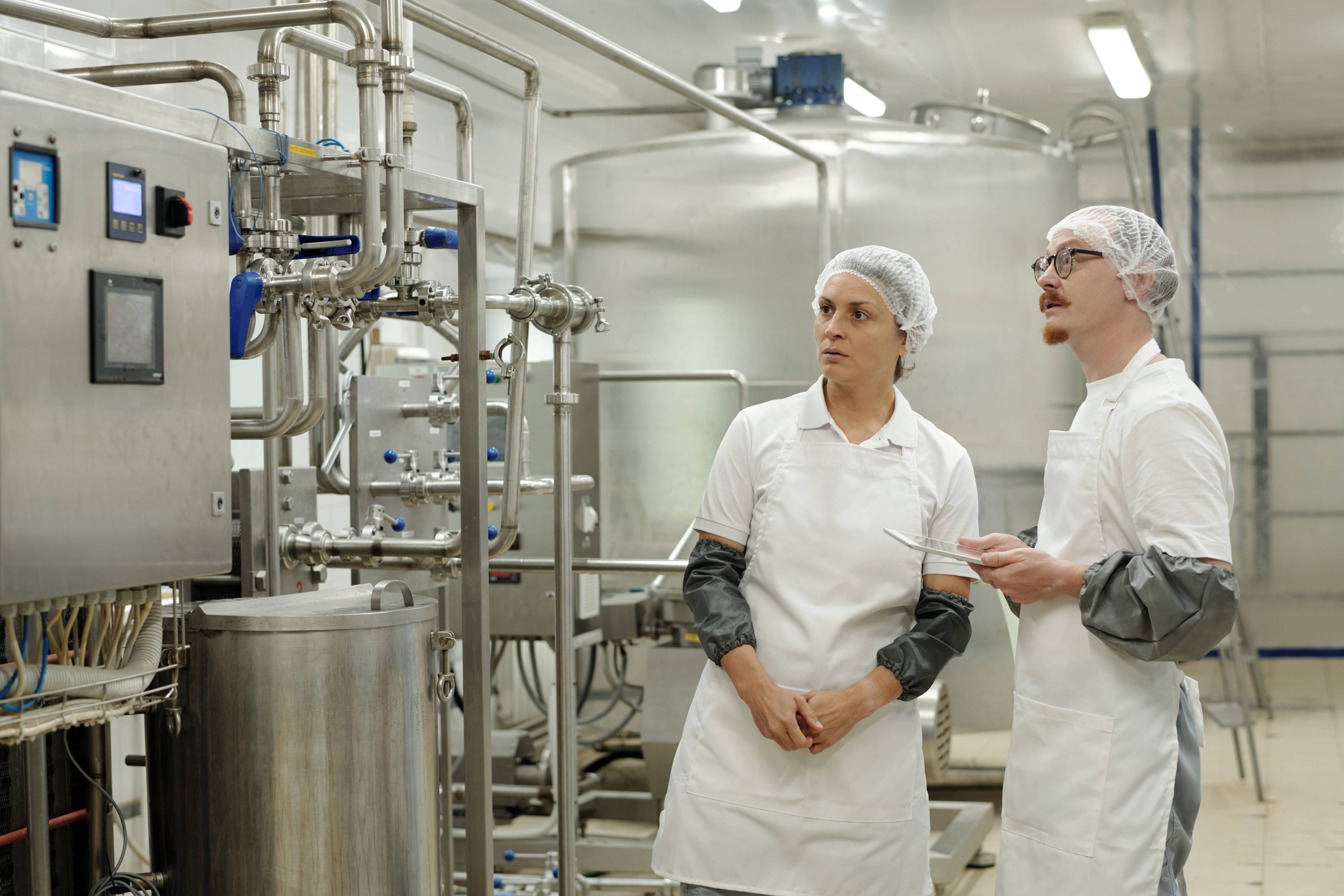Last Updated on September 10, 2024 by Admin
In today’s world, where many still struggle with malnutrition and nutrient deficiencies, food fortification has become a vital strategy to improve public health. But what is food fortification, and how does bioinformatics, a branch of science that uses technology to analyze biological data, play a role in making it more effective? This article will explore the benefits of food fortification, the types of food fortification available, the challenges involved, and how bioinformatics is helping to make food fortification even better.
What is Food Fortification?
Let’s start with understanding what is food fortification. Food fortification adds essential vitamins and minerals to food products to enhance their nutritional value. It is done to help people get the nutrients they need, especially when diets might lack specific essential vitamins or minerals. For example, adding iodine to salt or vitamin D to milk is common in food fortification.
Food fortification can be mandatory or voluntary, depending on government policies. It’s usually applied to staple foods like rice, wheat flour, salt, and milk, consumed regularly by a large portion of the population. The goal is to ensure everyone gets the nutrients necessary for good health regardless of diet.
Types of Food Fortification
There are different types of food fortification designed to address specific needs:
Mass fortification is the addition of nutrients—like iron to flour—to regularly consumed foods. It’s supposed to help everyone generally.
- Targeted Fortification centers on specific groups, such as the elderly, pregnant women, or young children. For children’s milk, adding more calcium, for example, promotes bone development.
- Market-driven fortification is the voluntary addition of nutrients—such as breakfast cereals strengthened with minerals and vitamins—by food companies to appeal to consumers who value health.
- Breaching crops to include more naturally occurring nutrients is known as biofortification. For instance, some rice varieties are more nutritious since they are bred with more iron and zinc.
Benefits of Food Fortification
The benefits of food fortification are significant and wide-ranging:
- Fortifying foods helps to prevent general nutritional shortages. For example, iodized salt has been crucial in lowering iodine shortage, which can lead to thyroid issues.
- Food fortification is a relatively cheap approach to improving the general state of health in large populations. Governments can reach a large audience by strengthening regularly consumed items without having individuals modify their dietary habits.
- Regularly eating fortified foods can help improve health outcomes, including more robust immune systems and cognitive development in youngsters. For instance, folic acid strengthens grain to help lower congenital disabilities.
- Food fortification is essential for reaching worldwide health targets, including eradicating hunger and guaranteeing the availability of wholesome meals for all.
Disadvantages of Food Fortification
While food fortification has many benefits, there are also some disadvantages of food fortification to consider:
-
Risk of Overconsumption:
Particularly in nations where some nutrients are already plentiful in the diet, people may overindulge in them. It could lead to health problems.
-
Nutrient Interactions:
Sometimes, adding several nutrients to one food causes them to interact negatively, lowering their effectiveness.
-
Obstacles in Implementation:
Particularly in low-income nations where resources are limited, food fortification projects can be logistically challenging and expensive.
-
Consumer Acceptance:
Some people may doubt fortified meals because they see them as less natural or unnecessary. As a result, the success of fortification projects may suffer.
The Role of Bioinformatics in Food Fortification
Bioinformatics, which involves using technology to analyze large amounts of biological data, is crucial in improving food fortification. By studying nutritional data and the genetic makeup of populations, bioinformatics helps scientists design more effective methods of food fortification.
For example, bioinformatics can help identify which nutrients are lacking in a population’s diet and determine the best foods to fortify and address these deficiencies. In the case of biofortification, bioinformatics can assist in breeding crops that naturally contain higher levels of essential nutrients, making them more beneficial to consumers.
Read Also – Art of Food Processing and Preservation
Food Fortification in India
Food fortification in India has become a critical part of the country’s effort to combat malnutrition and improve public health. India has implemented several mandatory fortification programs, such as adding iodine to salt, iron, and folic acid to wheat flour and vitamins A and D to edible oils. These programs have had a significant impact on reducing nutrient deficiencies and improving health outcomes across the country.
A key example of food fortification in India is the fortification of rice and wheat flour distributed through the Public Distribution System (PDS). This ensures that even the most vulnerable populations have access to fortified foods, helping to combat malnutrition on a large scale.
However, challenges remain, such as ensuring consistent quality and monitoring the impact of these programs. Nevertheless, with the continued application of bioinformatics and other advanced technologies, food fortification in India is set to become even more effective in the future.
The Importance of Training in Food Fortification
Given the importance of food fortification in improving public health, proper training is essential for professionals in this field. Training programs can provide the knowledge and skills to develop, implement, and monitor food fortification programs effectively. It includes understanding the methods of food fortification, assessing the benefits of food fortification, and addressing the disadvantages of food fortification. Professionals with expertise in bioinformatics can use data to design more effective fortification strategies and monitor their impact on public health.
Conclusion
Food fortification is a reliable tool in the fight against malnutrition and nutrient deficiencies. Bioinformatics can help us design more effective fortification programs tailored to the specific needs of populations. However, the importance of food fortification must be addressed, and proper training in this field is essential to ensure that these programs are successful. As technology advances, the future of food fortification looks promising, offering the potential for a healthier and more nourished world.













